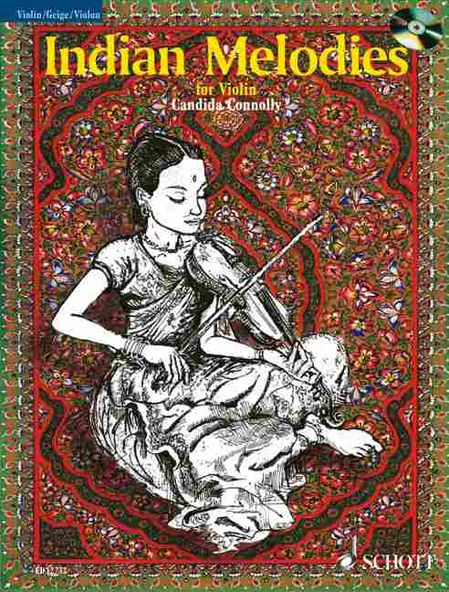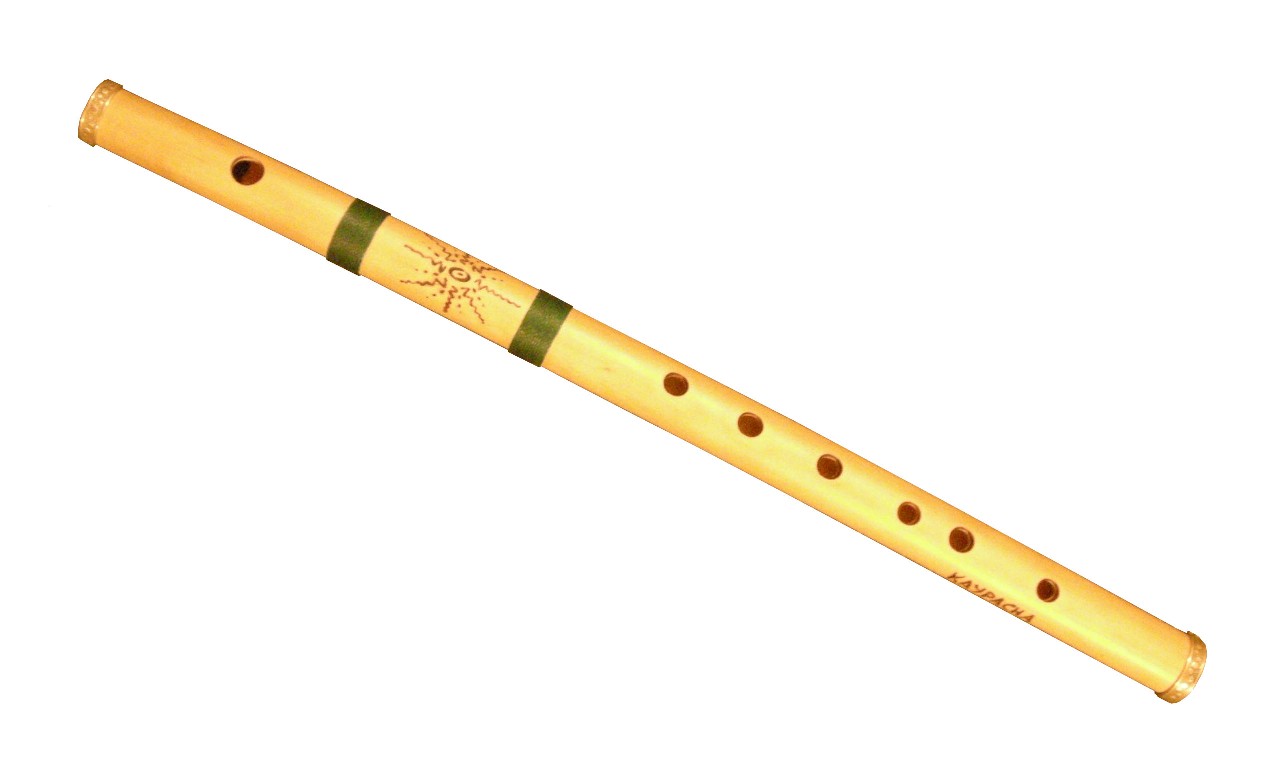Indian melodies, Indian ornaments
Posted on Friday, May 21, 2010
Ornaments are one of the many things that fascinate me about music from outside the Western tradition. Indeed, outside of early music circles, the use of ornaments in classical music is largely limited to grace notes, trills and perhaps the occasional mordent. If you write anything more 'advanced' than that in a new piece there is a good chance it will get overlooked, or played wrong - indeed even mordents often get a 'do you mean..' response from players.
Compare that to say the Indian tradition where there is literally the concept that you never play a note 'as is', the pitch is always on the move, pretty much every note has some kind of embellishment. And any Indian musician will know (and have a name for) each of the myriad types of ornament, and be aware of the subtlest of differences, the speed of vibrato, how that speed accelerates, the type of staccato the embellishment ends with etc etc.
I don't have any desire to imitate Indian music, but I do long to find ways to expand the expressive capabilites of my music by accessing some of these ways of playing. I find them a far richer and more interesting area to explore than, say, quarter tones, or developing some new tuning system. So many of them are tantalisingly beautiful, not that difficult once you get the hang of things, and offer so much to add to our 'straight' way of playing in the Classical world.
One resource I have found quite useful in this regard is called Indian Melodies for Violin by Candida Connolly, published by Schott

It goes through some of the standard ornaments, and crucially, includes a CD so you can listen in and get a sense of them in practice.
I think my use of 'folk' ornaments has been gradually expanding over the years as I find ways to notate and use them that Western players can deal with. One of the problems of course is that our instruments are different and often designed specifically to play the 'pure' note itself, and not the subtle shades in between. Take the flute for example, an Indian Bansuri flute:

there are no keys, allowing the fingers to roll on and off the hole to bend the pitch. That's just not possible on a keyed Western flute. But you can bend the pitch with the mouth, so some of the effect may be possible.
I'm currently writing a piece commissioned by the San Diego-based Art of Elan series, for flute, violin and harp. Although it's only a small aspect of the piece, I'm hoping to integrate some of the more Indian-style ornaments for the first time. I've arranged to get together with the fantastic flautist Alex Housego who, having spent some of his childhood in India, is familiar with and plays both Indian bansuri flute and the traditional Western flute. My plan is to write the ornaments I want to, check them over with Alex, and then get him to record them on a Western flute so I can give the San Diego players a better idea of what I'm after. It's an experiment, but hopefully should yield some really interesting results.
Update
Here is a video of the resulting piece, The Eye of Night performed by the Myriad Trio in San Diego



COMMENTS
Bharath commenting on Indian melodies, Indian ornaments:
Thursday, June 10, 2010 at 03:34
Hi David,
How did the piece with Indian Ornamentation come through?
Bharath
David Bruce commenting on Indian melodies, Indian ornaments:
Thursday, June 10, 2010 at 07:06
Hi Bharath, thanks for your interest. I'm still working on it! I'll be sure to post more when I'm done
Best
David
candida connolly commenting on Indian melodies, Indian ornaments:
Thursday, November 4, 2010 at 12:04
Dear David,
I am delighted to hear that you found the ornamentation information useful in my book. It is very difficult to capture which is why my version is followed by the genuine rendition from Balu Raguraman the Indian violinist.
I listened with interest to your Gum boots extract on the web and notice you intersperse the clarinet with string quartet in a charming way. Hvae you heard the Indian saxophone. I found this fascinating as the way of playing the keyed instrument using mouth pressure and half closed notes both intricate and curiously naive, in the effort to copy the voice. Do you think we have different vocal chords in the west? - the number of people who can imitate the Indian vocal technique can be numbered on one hand.
Good luck with your expansion of the Western musical repertoir and diet!
Best wishes
Candida
David Bruce commenting on Indian melodies, Indian ornaments:
Thursday, November 4, 2010 at 15:21
Thank you Candida, it's so lovely to hear from you! I'm glad you enjoyed Gumboots and I shall go and check out Indian sax. I wondered the same for a while about vocal chords, but recently I was listening to a performance that I was sure was an Indian singer (I couldn't see her), but it turned out to be Nicki Wells, who is not at all Indian, so that kind of proved the contrary as far as vocal chords - it seems to be just a matter of training and getting used to the different way of producing sound and ornament.
Thanks again for commenting here!
commenting on Indian melodies, Indian ornaments:
Monday, January 15, 2018 at 00:28
What a wonderful post, how about that song then?
Archive
2006 | 2007 | 2008 | 2009 | 2010 | 2011 | 2012 | 2013 | 2014 | 2015 | 2016 | 2017 | 2018 | 2019 | 2020 | 2021 | 2022 | 2023 | 2024 | 2025 | 2026 |

